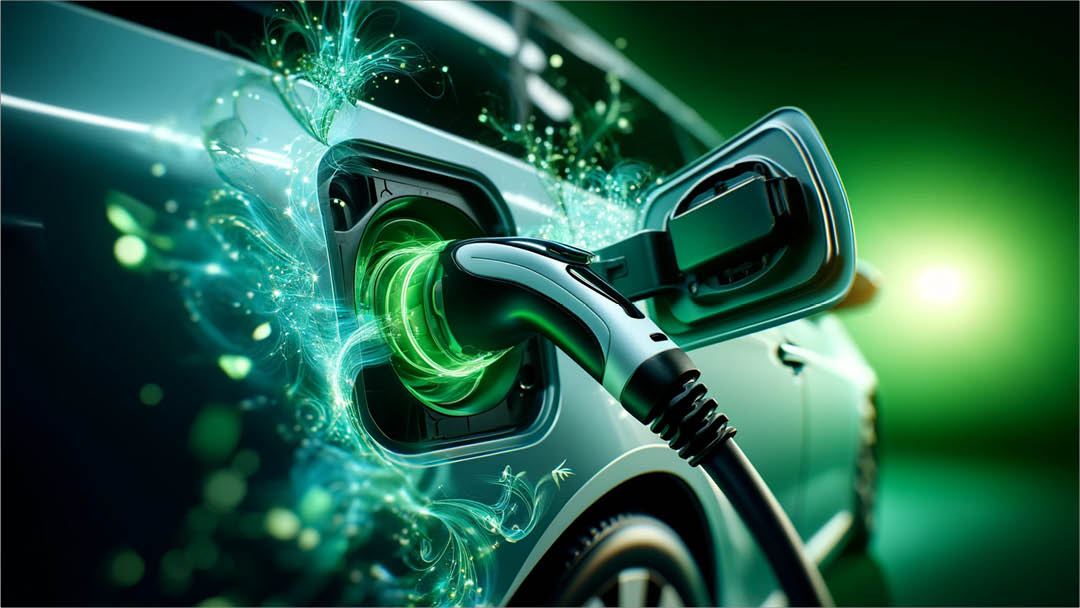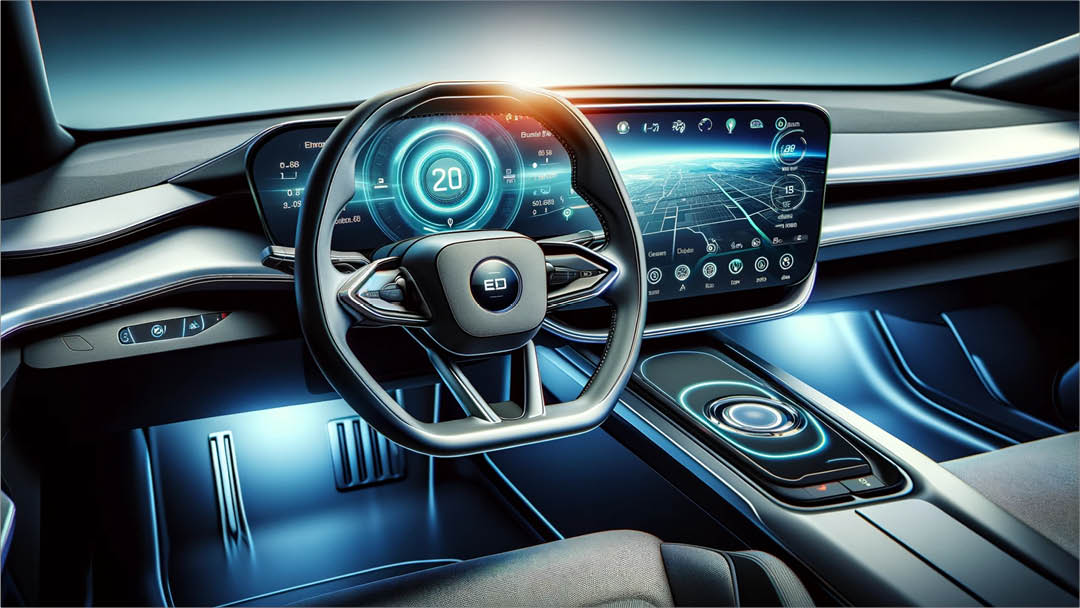In Brief
- Human-Machine Interfaces (HMI) are crucial for unlocking the full potential of telematics in the modern automotive landscape.
- An intuitive and well-designed HMI enhances the user experience (UX), enabling drivers to effortlessly interact with complex telematics features and data.
- Acsia specialises in developing cutting-edge HMI solutions that seamlessly integrate with telematics systems, empowering drivers with real-time information and intuitive control.
The automotive industry is undergoing a digital transformation, with vehicles evolving into sophisticated connected platforms. Telematics, the technology that enables vehicles to communicate with the cloud and other devices, is at the heart of this transformation. However, the sheer volume of data generated by telematics systems can be overwhelming for drivers if not presented effectively. This is where Human-Machine Interfaces (HMI) come into play.
The Critical Role of HMI in Telematics
HMI serves as the crucial link between the driver and the vast amount of data generated by telematics systems. An intuitive and well-designed HMI not only enhances the user experience but also ensures that drivers can access critical information and make informed decisions in real time.
The challenges of designing an effective HMI for telematics are multifaceted. Automotive HMIs must be:
- Distraction-Free: They must provide essential information without overwhelming the driver or diverting their attention from the road.
- Intuitive: Drivers should be able to navigate menus, access features, and interpret data without extensive training or cognitive overload.
- Customisable: Different drivers have different preferences and needs. An effective HMI should allow for personalisation to optimise the user experience.
- Adaptable: The HMI should adapt to changing driving conditions, such as adjusting screen brightness or prioritising critical alerts in hazardous situations.
Key Technologies Shaping the Future of Automotive HMI
The evolution of HMI technology is being fuelled by a range of innovations:
- Touchscreen Displays: Capacitive touchscreens offer high responsiveness and intuitive interaction, allowing drivers to control various functions with simple gestures.
- Voice Recognition and Natural Language Processing (NLP): Voice commands enable hands-free operation, reducing distractions and enhancing safety. NLP allows for more natural and conversational interactions with the HMI.
- Haptic Feedback: Haptic feedback provides tactile confirmation of actions, further enhancing the user experience and reducing the need for visual confirmation.
- Augmented Reality (AR) Overlays: AR can overlay information onto the driver’s view of the road, providing real-time navigation instructions, hazard warnings, or points of interest, without the need to take eyes off the road.
- Artificial Intelligence (AI): AI can personalise the HMI experience by learning driver preferences, predicting needs, and proactively offering relevant information and features.
Acsia: Engineering Intuitive HMI Solutions for Telematics
Acsia stands at the forefront of developing HMI solutions that empower drivers with seamless access to telematics data. Our team of engineers leverages extensive experience in embedded systems, software development, and user interface design to create HMIs that are:
- User-Centric: We prioritise user needs and preferences throughout the design process, conducting extensive user research and testing to ensure our HMIs are intuitive and user-friendly.
- Tailored to Telematics: We deeply understand the unique requirements of telematics systems, ensuring our HMIs present data in a clear, concise, and actionable manner.
- Technically Advanced: We leverage the latest technologies, such as AI, AR, and voice recognition, to create state-of-the-art HMIs that enhance the driving experience.
- Integrate-able: Our HMIs are designed for seamless integration with various telematics platforms and vehicle systems, ensuring a smooth and unified user experience.
The Road Ahead: A Future Shaped by HMI Innovation
As telematics continues to evolve, the HMI will play an increasingly pivotal role in shaping the automotive landscape. At Acsia, we are committed to driving innovation in this field, developing HMI solutions that elevate the driving experience, enhance safety, and unlock the full potential of connected vehicles.
Discover how Acsia can transform your telematics systems with intuitive and innovative HMI solutions.










